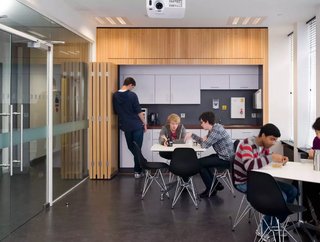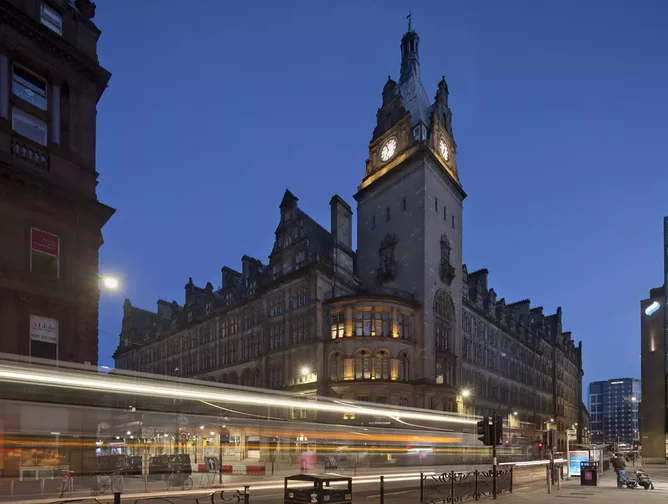Preserving older buildings to hit net zero in architecture

Gareth Woodfin, Cardiff Studio Lead at HLM Architects, discusses preserving the old to save the new
The demolition and replacement of buildings plays a large part in fueling the ongoing climate emergency.
In the UK, we lose more than 50,000 buildings a year through demolition, contributing to almost two thirds of the 200,000 tonnes of material waste the country produces each year. The construction industry alone is responsible for an estimated 20% of the UK’s annual carbon emissions, which demonstrates just how seriously we need to change tactics.
Repurposing existing structures for modern purposes
Rather than replacing existing infrastructure with new builds, we should first consider how to make better use of what already exists.
Retrofitting city centre buildings could be the lifeline we need. This approach moves us towards the principles of a circular economy. Architecturally significant buildings could thrive with their external façades remaining and their internal infrastructure being made more energy efficient. Repurposing these buildings into centres of education, in particular, offers a solution as this injects much-needed new life into our changing, post-pandemic urban centres. In order to identify the opportunities that retrofitting offers, the challenges first need to be addressed.
The shell of a building typically provides half of the embodied carbon within a structure. By reusing an existing build, this value is immediately saved. As an example, older schools, specifically Victorian, were built in an era with a very different approach to the provision of:
- Power
- Heating
- Lighting
The result of this is that the structures were designed to optimise external power and heat sources, with high ceilings and windows, providing well-lit environments with good ventilation.
While the methods of teaching and learning have developed since many buildings’ conception, these fundamental comforts are still relevant to a supportive learning environment.
Repurposing existing structures is key to enabling a retrofitting culture. Empty spaces in town centres can become learning hubs; university campuses can extend into surrounding buildings; and the high streets can become vibrant again, albeit with mixed and enhanced purposes.
Furthermore, it is almost incalculable how much more carbon would be saved by cutting down on the need to travel.
Building a sustainable, net-zero carbon future
HLM Architects recently demonstrated these benefits after completing a piece of work to develop a new university faculty estates framework.
Initially the focus was on the provision of new space but rigorous assessment of building occupation, utilisation, performance and high-level whole lifecycle assessments demonstrated that there was greater benefit in undertaking deep retrofit of existing buildings to provide the space they required in a smaller overall footprint.
We are all familiar with the phrase, ‘If it ain’t broke, don’t fix it’. Why, then, have we been so accepting of the demolition of so many structurally sound and historically significant buildings in order to make space for newer structures?
Building new in this scenario contradicts the targets that we have given ourselves to achieve a sustainable, net-zero carbon future. We need to celebrate and reclaim what we already have and make retrofitting the new norm.







